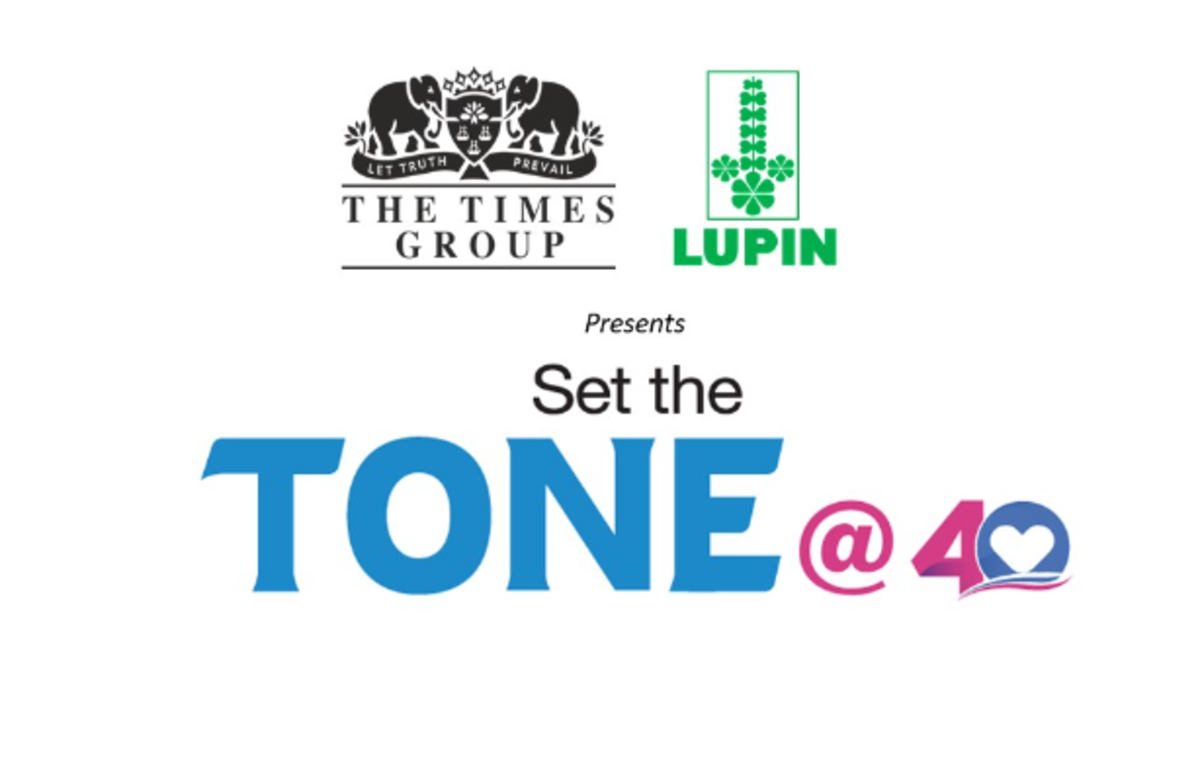Turning 40 is a pivotal moment in life where health needs extra attention. Cholesterol, often an overlooked part of our health journey, becomes a critical focus at this age. It’s no longer just a number on a test but an indicator reflecting your heart’s well-being. As metabolism slows and lifestyle habits catch up, it’s essential to understand why managing cholesterol at 40 sets the stage for a healthier future.
Cholesterol is vital for hormone production, vitamin D synthesis, and digestion. The body’s cholesterol comes from two key sources:
1.Internal Production (The Body’s Own)
The liver produces cholesterol to meet the body’s needs for essential functions. This internal production supplies all the cholesterol required for normal physiological processes
2.External Intake
Foods like red meat, full-fat dairy products, processed snacks, and fried items contribute additional cholesterol. Many of these foods, rich in saturated and trans fats, raise the bad cholesterol (LDL) in our bloodstream and are commonly found in the modern diet.
As we juggle work, family, and responsibilities in our 40s, stress and convenience start to dictate food choices. Over time, this leads to higher cholesterol levels. Here’s how:
- Processed & Fatty Foods: Fast food, chips, fried items—these quick-fix meals are loaded with unhealthy fats, leading to a rise in LDL levels. These foods are convenient but contribute to heart problems in the long run.
- Sedentary Lifestyle: Reduced physical activity coupled with long work hours increases body fat and contributes to a dangerous cycle of high cholesterol and heart disease risk.
- Stress-Induced Eating: In times of stress, many reach for high-fat, sugary foods. While comforting in the short term, they raise cholesterol and damage overall health.
Unchecked cholesterol accumulation can result in serious health issues:
- Obesity: Overconsumption of fatty foods and lack of physical activity leads to weight gain, which is linked to elevated cholesterol and triglycerides, fueling heart disease risk.
- Atherosclerosis: When cholesterol builds up in artery walls, it hardens and narrows them (atherosclerosis). This blocks blood flow, increasing the risk of heart attacks and strokes.
- Heart Disease: Elevated LDL cholesterol levels lead directly to cardiovascular disease (CVD). By the age of 40, heart attacks, strokes, and other CVDs become more prevalent without proper intervention.
The big 4-0 marks a crucial period for heart health. Here’s why focusing on lipid management now is key:
- Cardiovascular Disease Risks Skyrocket: Studies show that after 40, the likelihood of developing heart disease increases due to both lifestyle factors and aging.
- Hormonal Shifts: For women nearing menopause, lower estrogen levels increase LDL and decrease HDL (good cholesterol). For men, falling testosterone levels also impact cholesterol levels, worsening heart risks.
- Cumulative Lifestyle Effects: Years of poor eating habits, inactivity, and stress catch up to us around 40. At this point, the damage is done, but corrective actions can still be taken to manage cholesterol.
Turning 40 is a wake-up call. Setting the Tone@40 means taking charge of your lifestyle choices and focusing on heart health through proactive cholesterol management. With cardiovascular disease risk at an all-time high post-40, now is the time to start monitoring your lipid profile and making lifestyle changes that support long-term wellness.
Reaching 40 should inspire a fresh look at your heart health. By understanding cholesterol’s role and making conscious lifestyle changes, you can lower your risk of heart disease. Setting the Tone@40 isn’t just about avoiding heart problems but laying the groundwork for a longer, healthier life. With proactive steps today, you can ensure a vibrant and heart-healthy tomorrow.
#ToneAt40
(DISCLAIMER: The views expressed are solely of the author and ETHealthworld.com does notnecessarily subscribe to it. ETHealthworld.com shall not be responsible for any damage caused to any person/organisation directly or indirectly)




